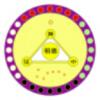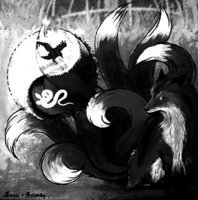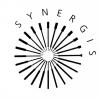Search the Community
Showing results for tags 'hermeticism'.
Found 4 results
-
-
- alchemy
- philosophy
-
(and 1 more)
Tagged with:
-
I would like to introduce myself to this forum. My Magick name is Shaialazin. Formerly I was known as N.O.X. Infinitum. My given name is Bryce J. Lemon. My motto and word is Gaia Ladrieh (165). I am a Ritual Magician, the Founder of the O!O School of Magick, the Creator of The Temple of the Archinox...
-
Hi Tarot Bums, It is a feature of many Tarot decks that the 36 numbered Minor Arcana reflect the images and meanings traditionally attributed to the 36 decans of Astrology, even though this is not always obvious. The most prominent system for making the link is no doubt the one devised by th...
- 11 replies
-
- 3
-

-
- Archetypes
- Astrology
-
(and 5 more)
Tagged with:
-

Platonism and Hellenistic Spirituality
Zhongyongdaoist posted a topic in Esoteric and Occult Discussion
One of the conclusions that I that I came to after decades of study was that in the general population, Platonism was one of the single most under appreciated influences in the formation of Hermeticism, Christianity, Esoteric Judaism and other movements that developed during the Hellenistic period....- 9 replies
-
- 5
-

-
- Plato
- Middle Platonism
- (and 5 more)



